A Retrospective Of Raf Simons’ Career
By Something CuratedThe son of Jacques Simons, an army night watchman, and Alda Beckers, a housekeeper, Raf Simons was born on 12 January 1968 in Neerpelt, Belgium. Simons earned a degree in Industrial Design and Furniture Design from the LUCA School of Arts in Genk in 1991. During this period, the young creative spent a lot of time at Antwerp cafe Witzli-Poetzli with friends like Olivier Rizzo, Willy Vanderperre, David Vandewal and then-girlfriend Veronique Branquinho, passing long evenings pondering the future of fashion. He began working as a furniture designer for various galleries, having previously interned at the design studio of Walter Van Beirendonck. It was Van Beirendonck who took Simons to Paris Fashion Week for the first time to attend Martin Margiela’s all-white show of 1991, spurring Simons to design his earliest garments.
Mentored by Linda Loppa, head of the fashion department at the Antwerp Royal Academy, Simons became a self-trained menswear designer and launched his Raf Simons label in 1995. His first collection comprised two street cast models in a video presentation. Until Spring/Summer 1997, Simons’ collections were always shown either at presentations or through videos. Autumn/Winter 1997 saw his first runway show in Paris, with a collection inspired by American college students and English schoolboys with a background of Punk. Simons’ early aesthetic incorporated youth culture from divergent sources, such as the Spring/Summer 2000 collection taking inspiration from both MENSA students and the Gabba youth subculture – a predominantly Dutch and Belgian movement associated with Techno music.
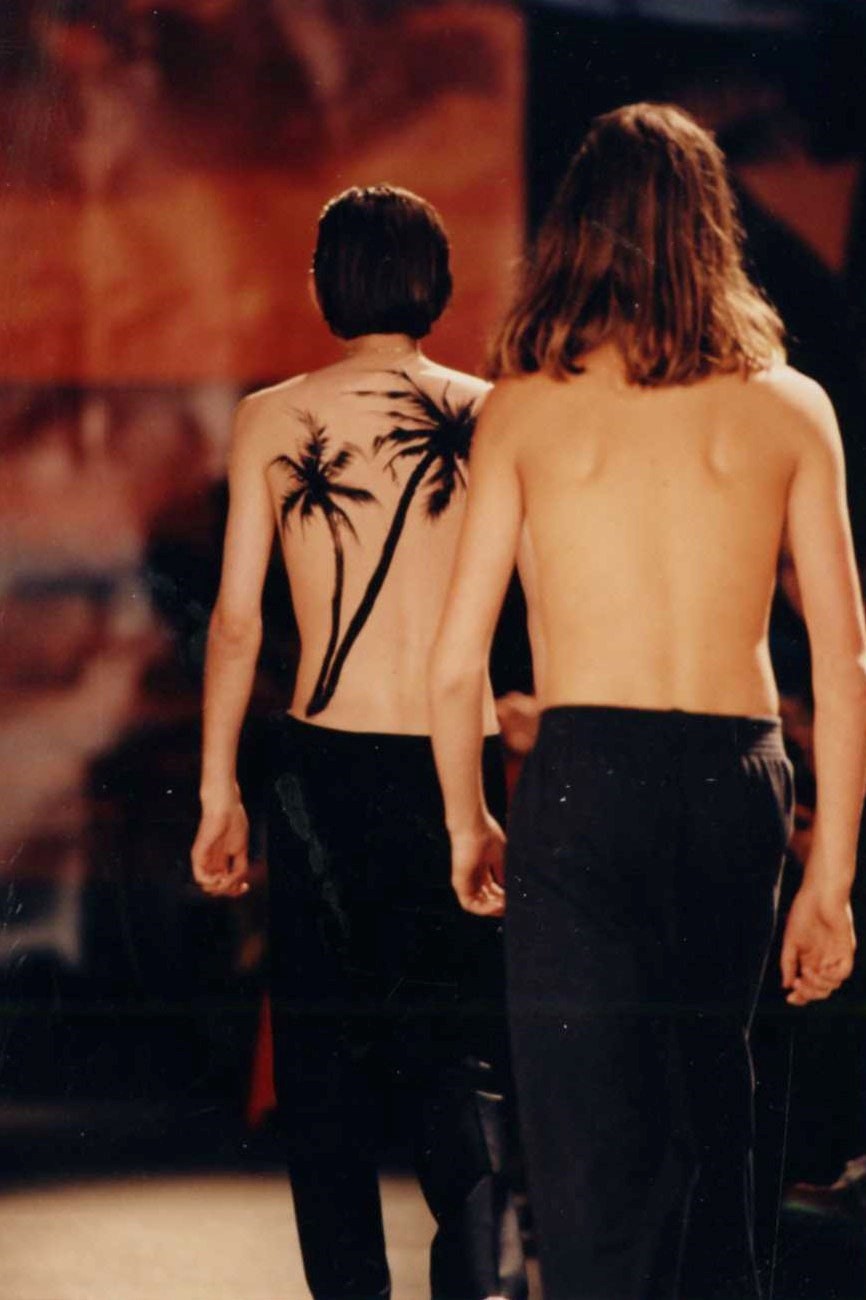
Music has played a vital role in Simons’ work, with references to musical figures such as the Manic Street Preachers’ Richey Edwards and Joy Division’s Ian Curtis appearing on garments, as well as his Autumn/Winter 1998 collection, Radioactivity, featuring looks inspired by members of German Electro band Kraftwerk. In March 2000, Simons shut down his company to take a sabbatical. Following a new deal with Belgian manufacturer, Gysemans Clothing Industry, the company was started back up again for Autumn/Winter 2001. During this time, Simons’ international prominence grew with the collection Woe Onto Those Who Spit On The Fear Generation …The Wind Will Blow It Back becoming one of his most influential bodies of work. The company was restructured in 2004 with a major distribution deal securing Simons’ commercial success.
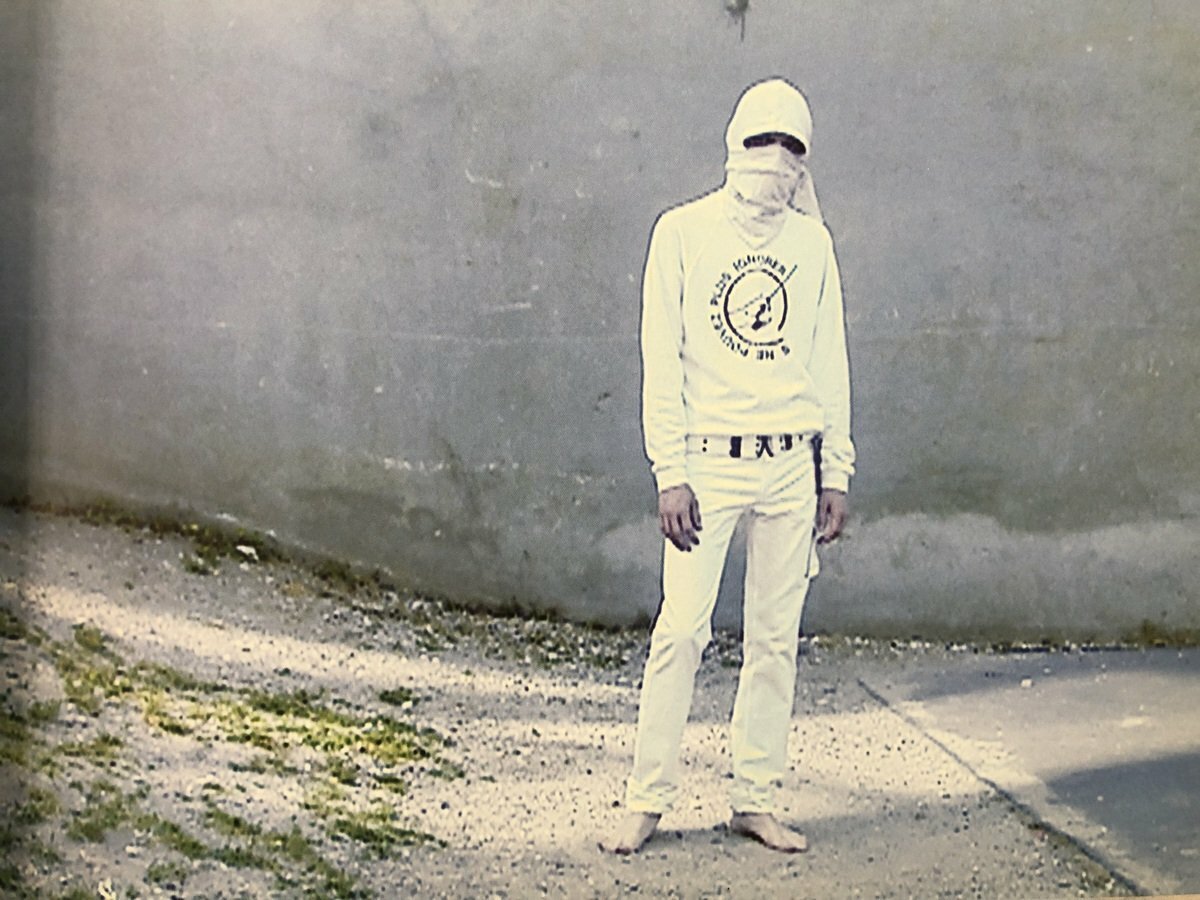
In June 2005, the designer was hired as Creative Director of Jil Sander, by its then-owner, the Prada Group. This was the first time that Simons had created women’s clothing and accessories, whilst also designing the brand’s men’s collections. During his tenure at Jil Sander, Simons moved the brand’s aesthetic from an austere minimalism and expanded its commercial appeal with the creation of a womenswear diffusion line. In 2010, Simons’ work took a more whimsical turn when he presented the first of three couture-inspired collections, which perhaps remain some of his most feminine to date. The designer’s final collection for Jil Sander was Autumn/Winter 2012, following his dismissal in favour of the label’s founder returning. The collection was well received.
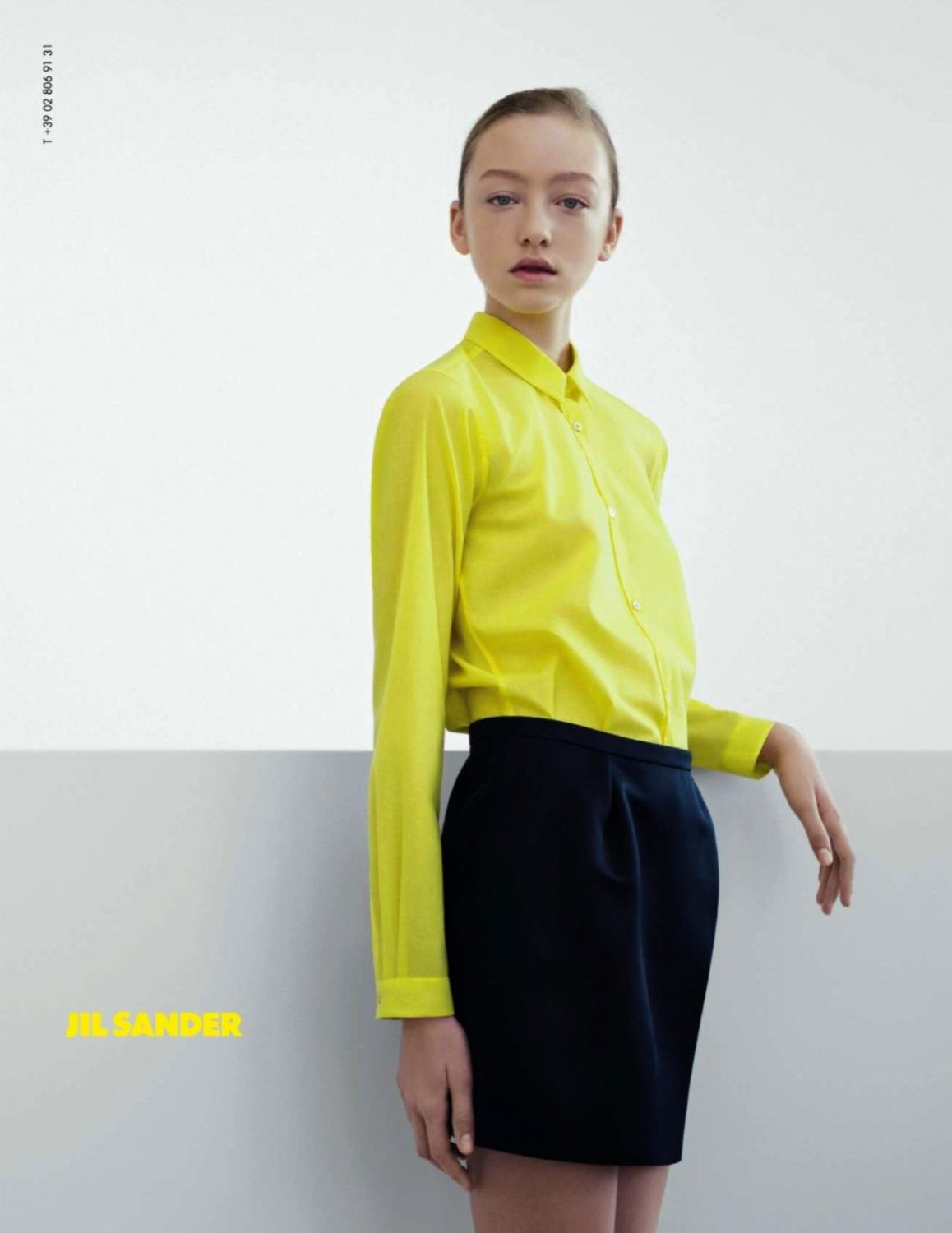
The same year Simons joined Jil Sander, Raf by Raf Simons was launched, which was marketed at a lower price point. Simons also released the book Raf Simons: Redux about the first 10 years of his career. Alongside the publication, there was also an exhibition of Simons’ work and an outdoor fashion show at the Pitti Immagine Uomo tradeshow in Florence, Italy for a retrospective of the designer’s career at the age of 38. In 2008, two flagship Raf Simons stand-alone stores opened in Tokyo and Osaka, Japan, in collaboration with the artists Sterling Ruby and Roger Hiorns. The label’s Autumn/Winter 2009 collection saw the first Raf Simons advertising campaign, photographed by Willy Vanderperre. In 2011, Raf by Raf Simons was replaced by Raf Simons 1995, a diffusion line incorporating elements from Simons’ early collections.
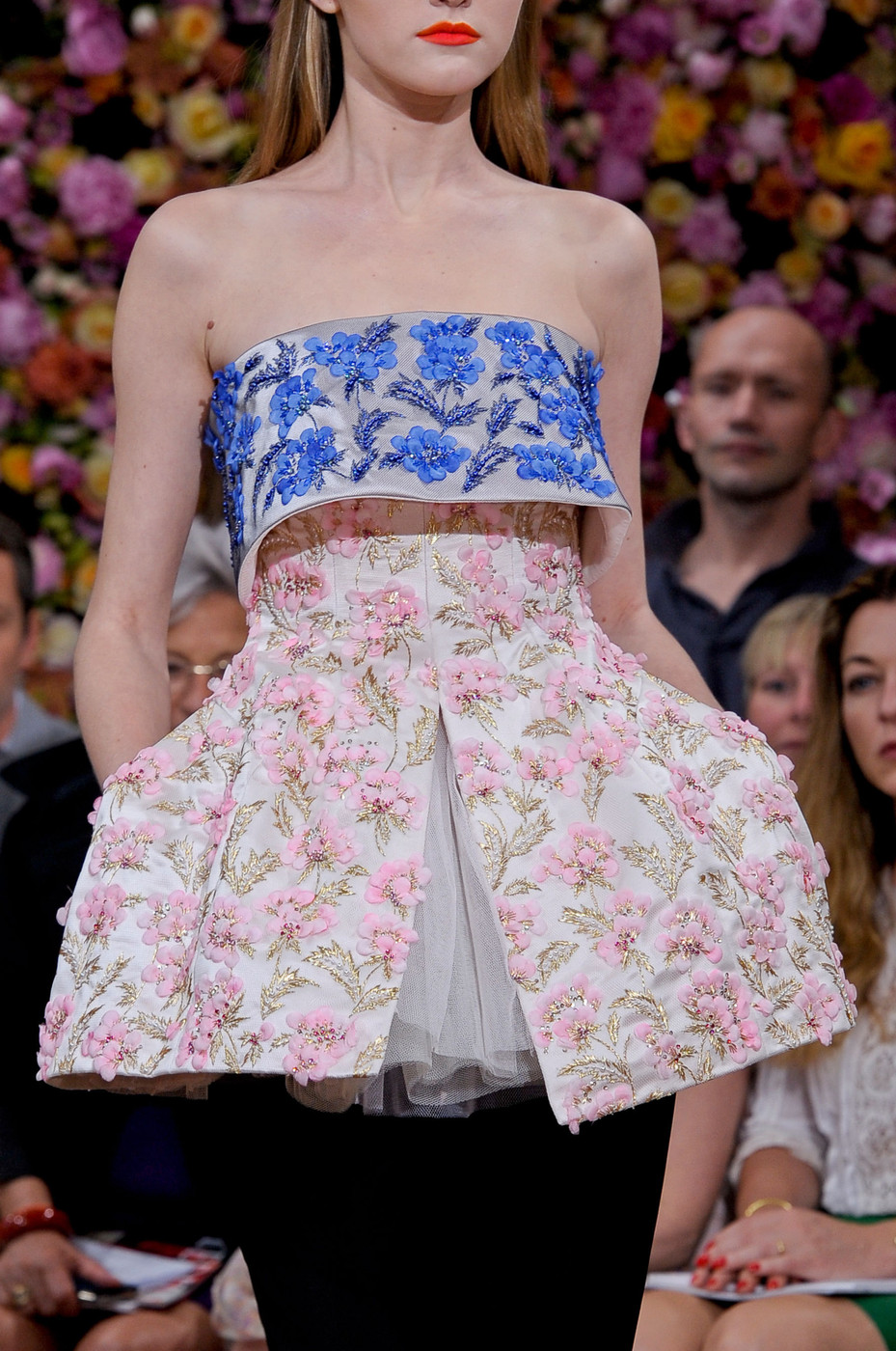
In April 2012, it was announced that Simons would succeed John Galliano as creative director at the helm of Dior, ending a period of transition after Galliano’s departure from the venerable house. Interestingly, Simons did not design the menswear collections, as fellow Belgian designer Kris van Assche remained as Dior Homme’s Creative Director. Simons’ first collection for Haute Couture Autumn/Winter 2012 was highly praised as the designer focused on the 1950s by playing with some of Christian Dior’s famous silhouettes, including the A line and the H line, and the Bar jacket. In 2014, Frédéric Tcheng wrote and directed a documentary, called Dior and I, about Simons as he created his first couture collection for Dior. The now cult documentary’s world premiere was at the Tribeca Film Festival.
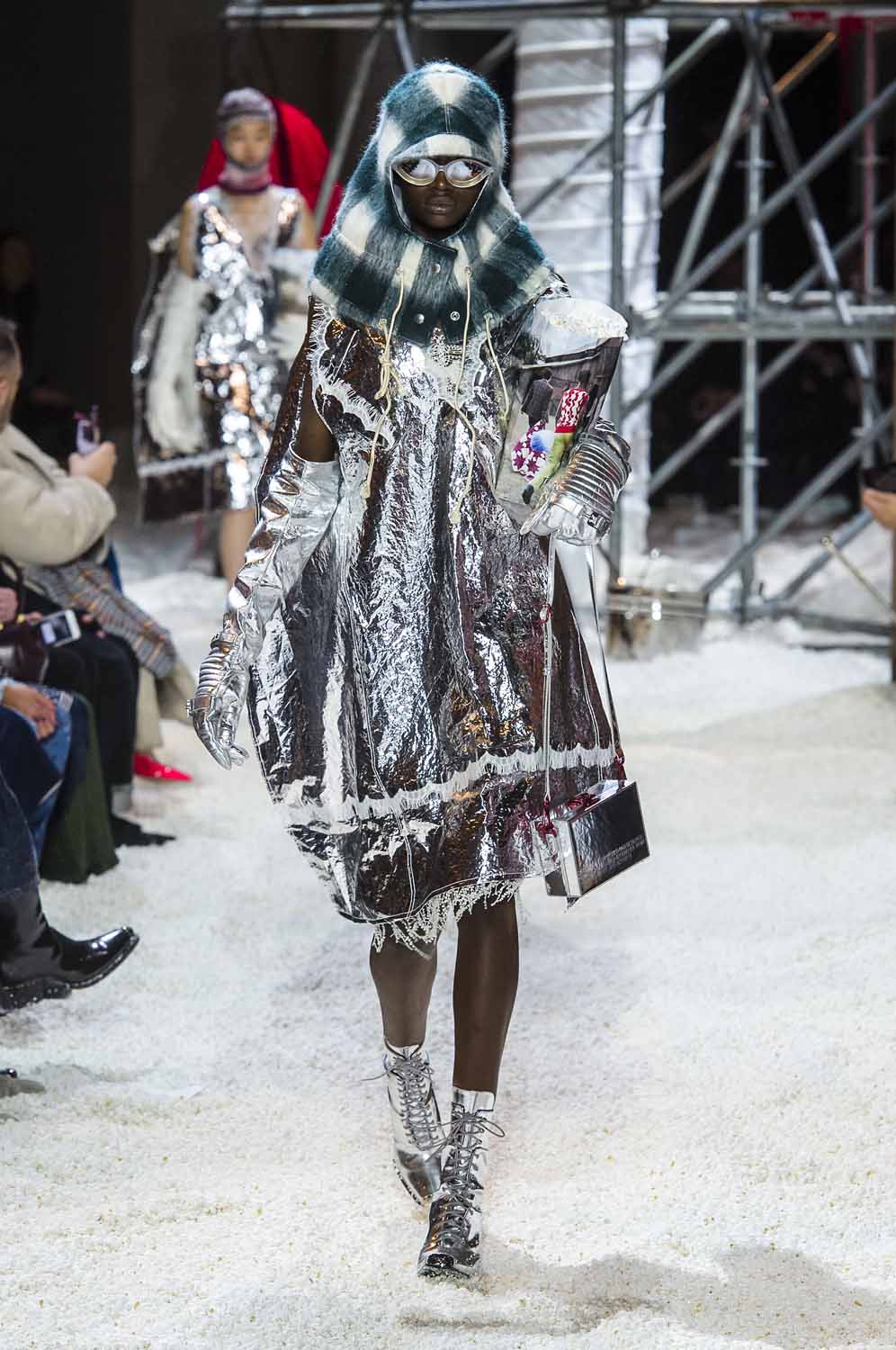
At the end of 2015, Simons resigned from his post at Dior following a three and a half year stint at the brand. Shortly after, in August 2016, Calvin Klein announced Simons’ appointment as Chief Creative Officer of the brand. In his role, Simons led the creative strategy of the company, overseeing all aspects of design, global marketing and communications, and visual creative services. Following his arrival, Calvin Klein entered into an agreement with the Andy Warhol Foundation for the Visual Arts on allowing Simons unprecedented access to the Warhol archive. Simons’ first collection debuted for the Autumn 2017 season receiving much acclaim. Within just two years, at the end of 2018, Calvin Klein and Simons announced their parting of ways after the brand decided on a new direction.
An energising force in fashion, Simons three decade long career has seen him become one of the industry’s defining characters. In 2020, Miuccia Prada and Patrizio Bertelli, the Creative Director and Chief Executive of the Prada Group, announced Simons’ appointment as Co-Creative Director of Prada. The first co-designed collection was unveiled for Spring/Summer 2021 during a fashion show in Milan, after much anticipation. Though a physical show was not possible, a pre-recorded pandemic-friendly video had audiences riveted. Both Prada and Simons have a long shared history of working with visual artists, from Sterling Ruby and Peter Saville to Jeanne Detallante. The debut collaborative collection saw graphic artworks emblazoned on cocooning hooded outerwear, backpacks and knee-length skirts, created with the help of Belgian artist Peter De Potter.
Feature image: Raf Simons Spring/Summer 1999. © Raf Simons